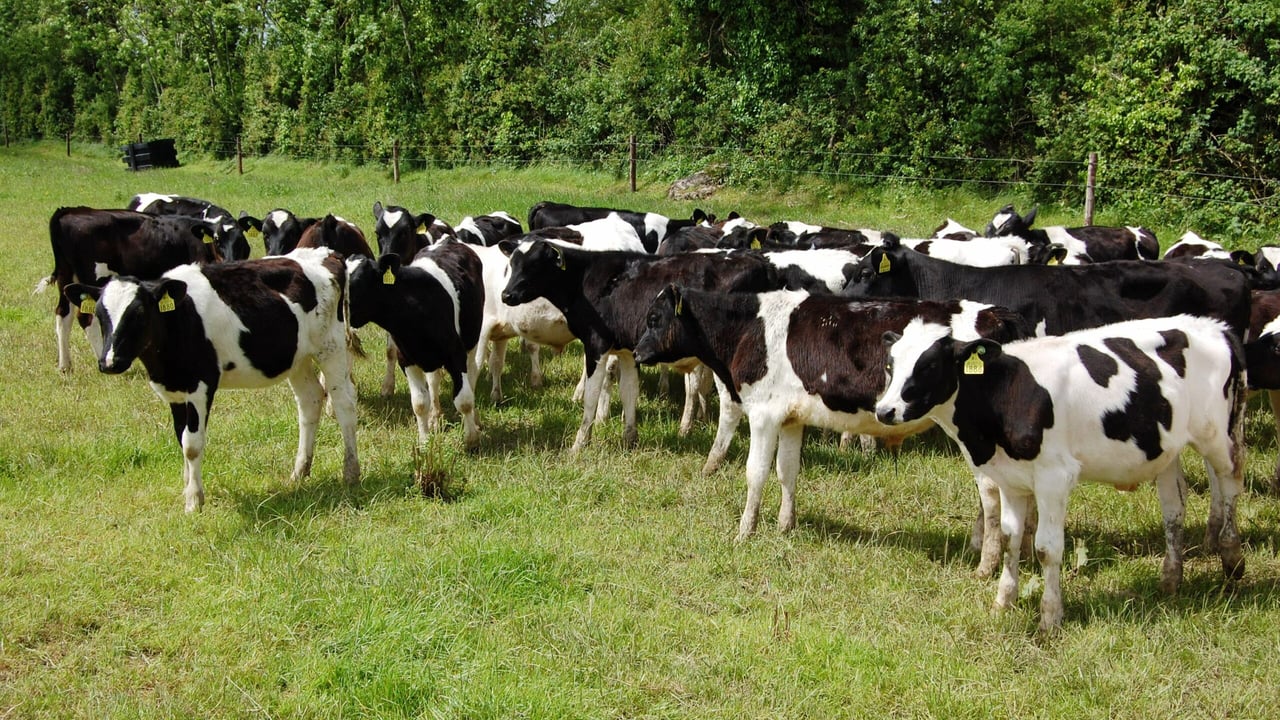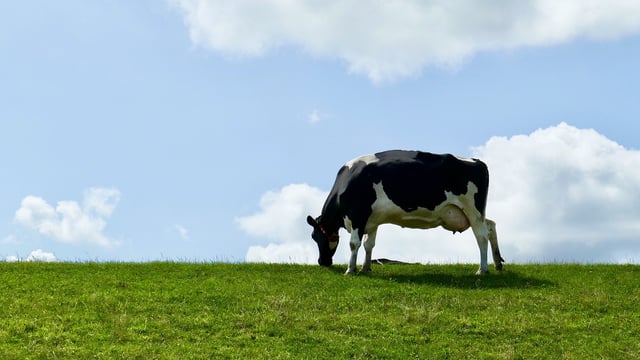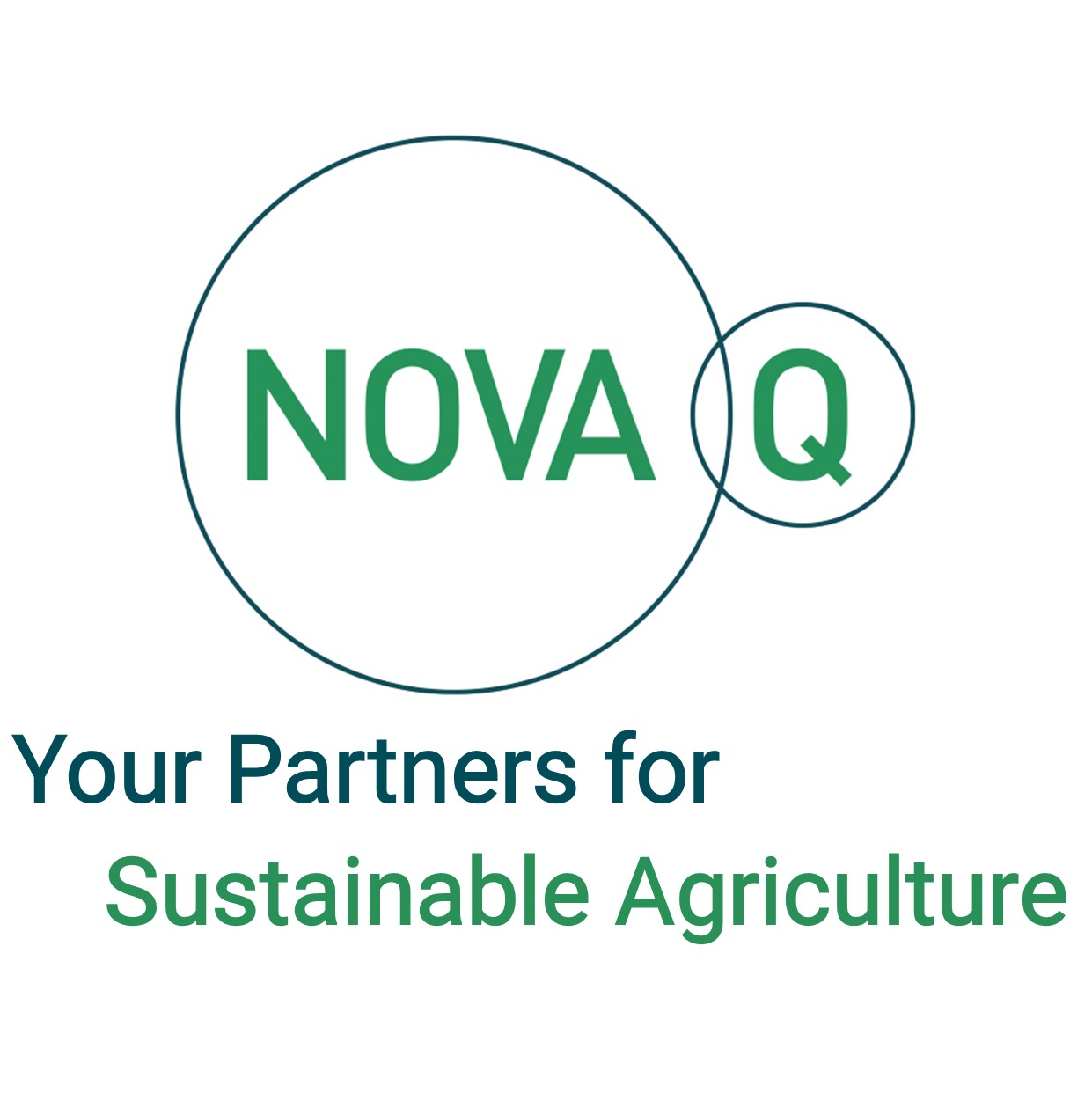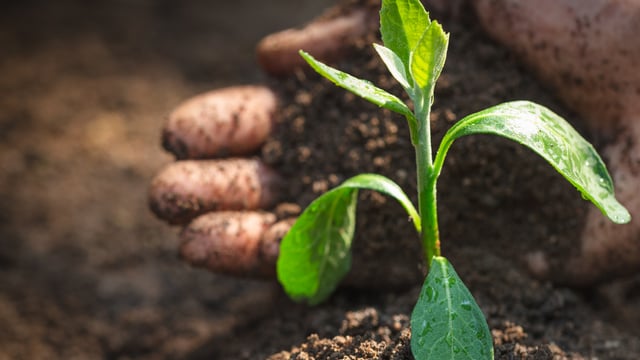EU outlook: Less pressure expected on dairy farmer margins
Amid global uncertainties, EU agricultural markets remain generally resilient, according to the summer 2025 edition of the short-term outlook report for EU agricultural markets, published today (Monday, July 28) by the European Commission.
The report forecasts that cereal and oilseed production are expected to rise, helping to improve the EU’s trade balance, while olive oil production is recovering sharply and milk deliveries remain stable.
EU cereal production is projected to grow by 4.1% in 2025/2026, with cereal exports up 26% and imports down 19%.
Poultry production is forecast to increase by 1.8%, supported by growing demand.
However, production prospects are on a downward trend for sugar (–8%), wine (expected to hit a 20-year low in the 2024/2025 period) and, less so, for ruminant meat.
EU milk deliveries are expected to remain stable in 2025, supported by favourable grassland conditions, despite some country-specific variations and animal disease outbreaks.
Stable demand in retail and food processing supports EU dairy prices, according to the outlook.
Overall, less pressure is expected on dairy farmer margins. A slight growth is expected in EU cheese production, although global competition could limit export growth.
With an increase in both milk solids content (+0.2% for milk fat and +0.1% for milk protein) and EU milk yields (+1.2%), EU milk supply is set to increase slightly in 2025 (+0.15% not corrected for the leap year in 2024), despite the continuing decline in the dairy herd (-1%).
EU dairy markets continue to be characterised by tight milk fat supply and strong domestic demand for dairy products, which supports a forecast for higher EU raw milk prices.
Total EU dairy exports can remain stable in volume in 2025 (-0.2% in milk equivalent), following a 1% decline in 2024.
EU beef prices stay historically high. With an expected production decline due to smaller herds, the EU supply could become tighter. This could limit export opportunities while imports increase.
The report also indicates that the EU sheep and goat meat production could decline by 2%, leading to declining meat exports and increasing imports amid high prices resulting from tight supply and stable demand.
EU pigmeat production is projected to stay stable, enjoying steady demand.
Fruit and vegetables show diverse developments due to adverse weather conditions, with peach and nectarine output down 5.8% and apple production expected to fall by 4%.
On the other hand, the EU production of oranges is set to increase by 4.6% from record lows in the previous season.
The outlook remains subject to risks linked to geopolitical conflicts, rising trade tensions, and climate variability.
However, despite high food inflation, input costs have recently stabilised and yield prospects for winter crops are promising.





